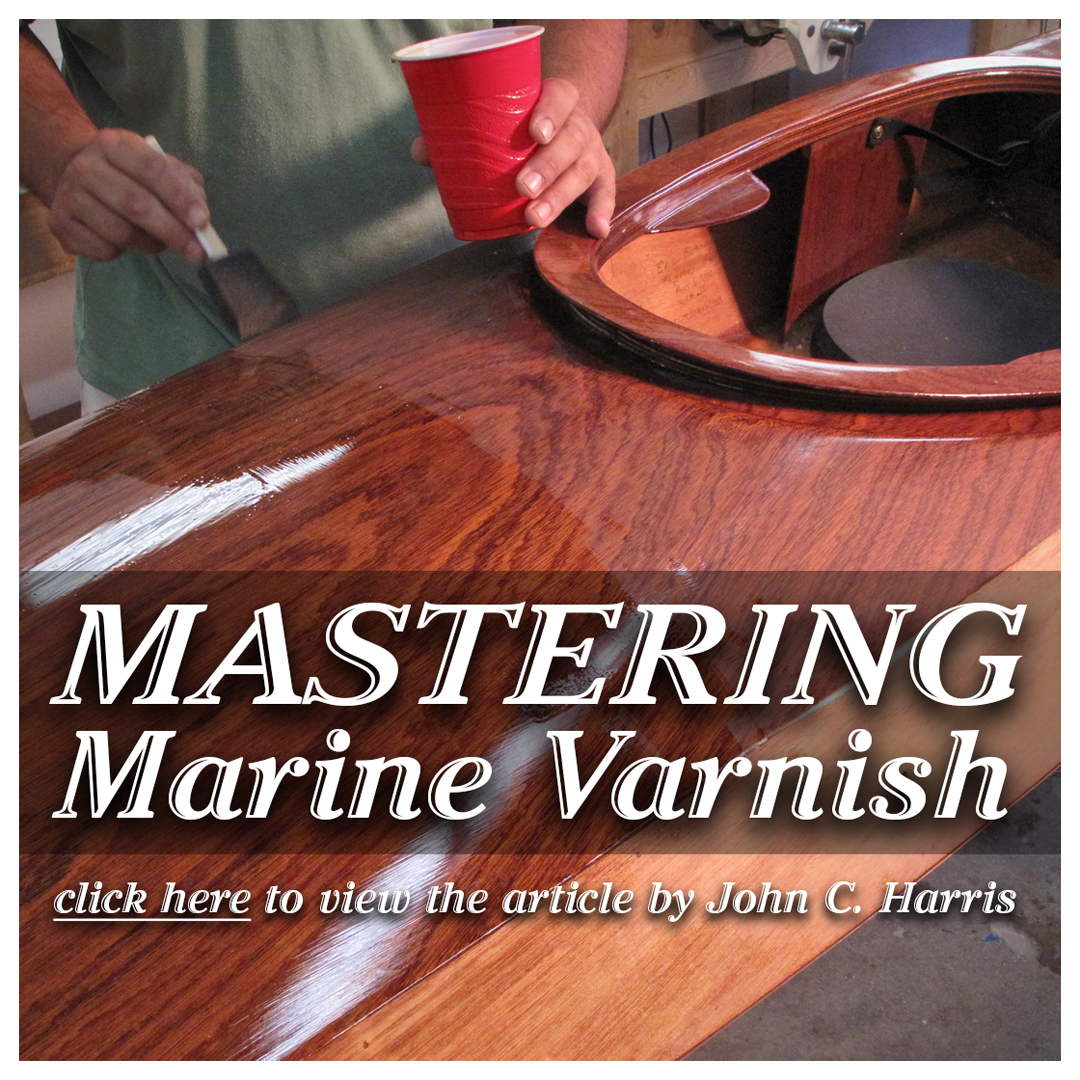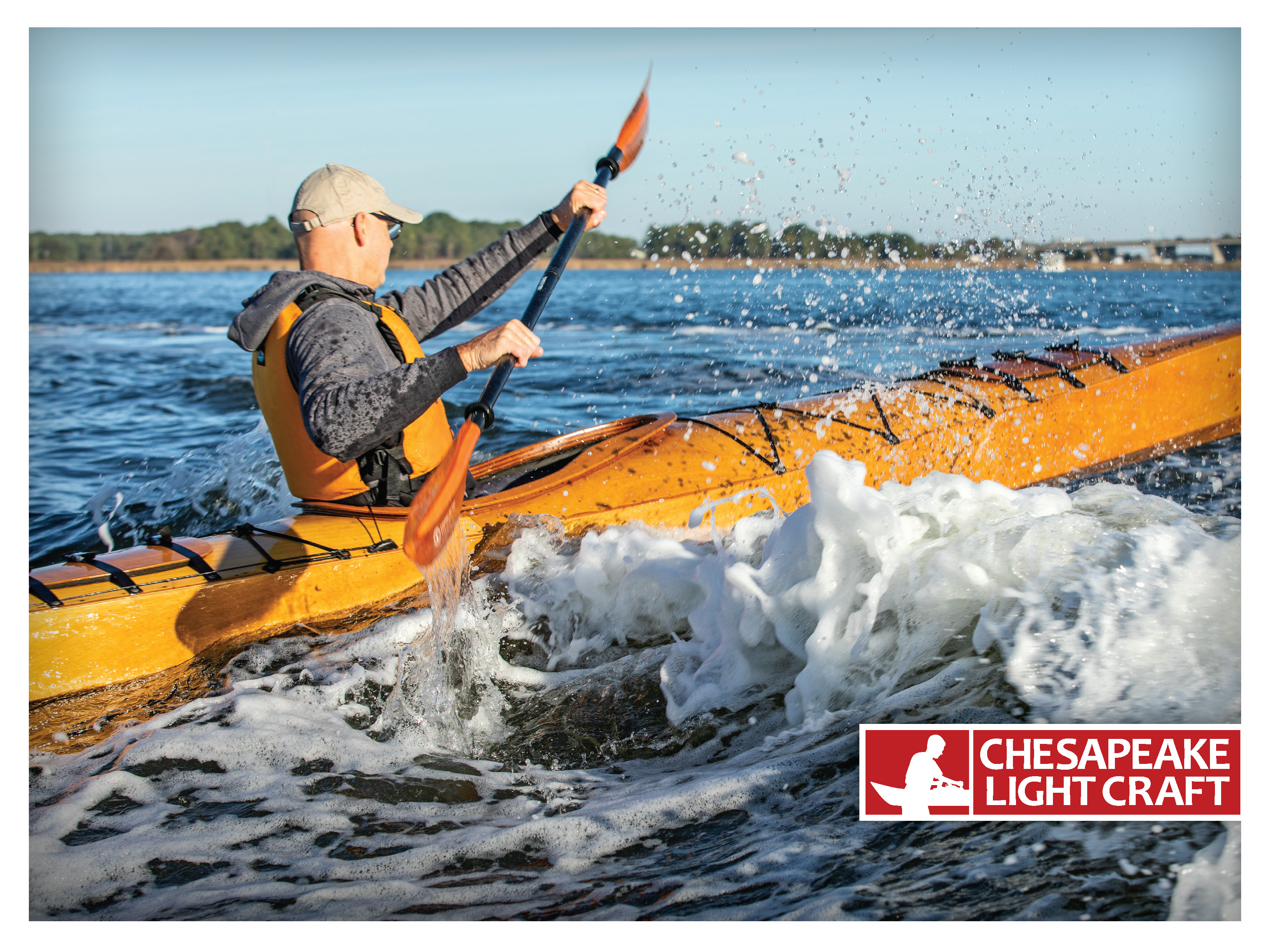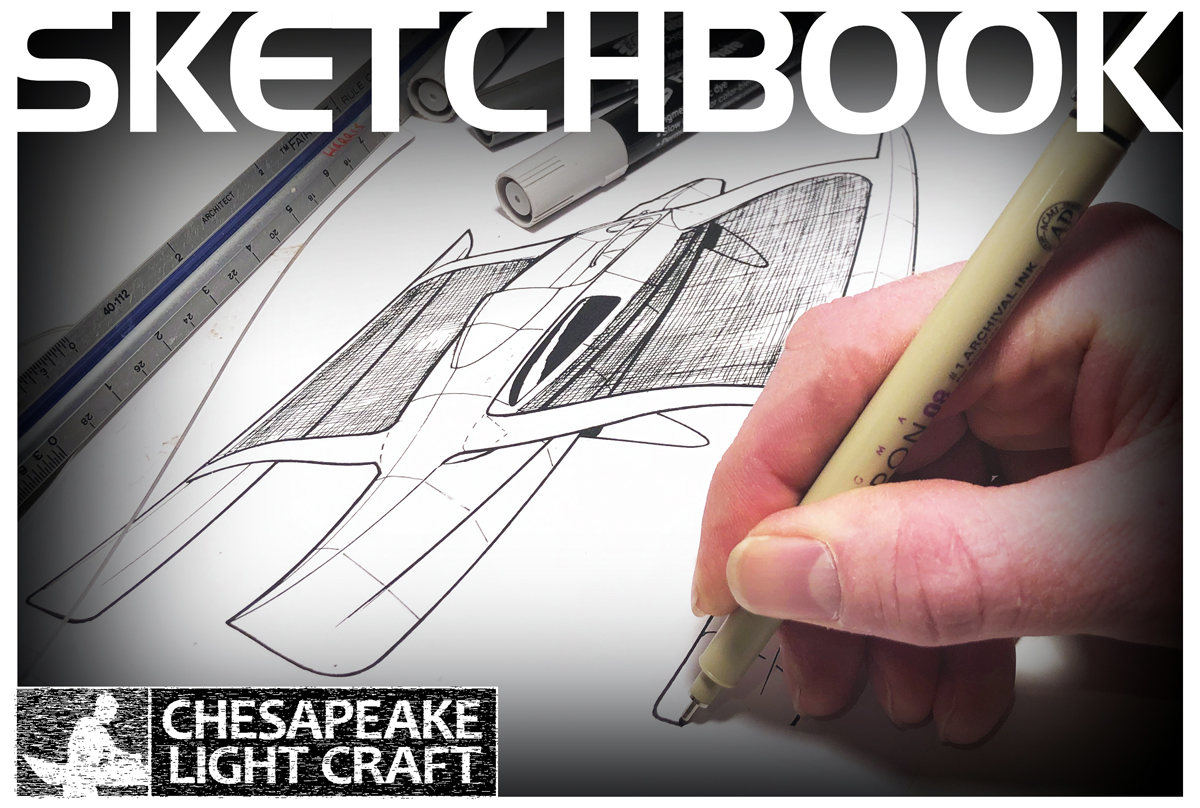Builders' Forum |
|
| ↓ Scroll to Last Comment ↓ | Forum Guidelines | Builders' Forum | |
Shearwater panels damaged in transit—repair?
Greetings all, I finally got to open up the box and get started on my Shearwater 17 kit, and was sad to see that there was some hidden damage that occurred in shipping. A ding extending about 3/4 inch into the forward edge of the sapele foredeck panel (visible 2/4" in on one side and 1/2" in on the other side), and a break in one of the rear hull tips, about 4 inches back from the tip. It's still hanging by some wood fibers but broken nearly through. Sent photos to CLC but haven't heard back after a few days. I'm puzzling over how to proceed.
Since it is puzzle piece kit I can't easily replicate the puzzile pieces if I were to get another okoume sheet, and I don't have sapele available locally. So that leaves: wait for possible replacement panels, or trying a repair. But in particular for the rear hill panel tip break, I fear that if I do a repair on the tip with fiberglass tape and epoxy, I won't get the proper bend when I wire up the deck. Any advice from the builders here?
7 replies:
RE: Shearwater panels damaged in transit—repair?
If it was damaged in transit it's the shipper's responsibility. Take pictures and file a claim with the shipper, copy CLC so they can coordinate receiving the claim payment and sending you replacements.
CLC is not only closed on weekends, this is Canoecopia weekend in Wisconsin so a lot of the workforce is there or was preparing for the show. Phone them Monday to make sure that your e-mails were received.
BTW, your photos aren't showing up because you're trying to use the [img] tag. That's not how this forum works. You need to insert an image box into your post (button next to "?" button in post toolbar) and paste the image file url into that.
Laszlo

RE: Shearwater panels damaged in transit—repair?
We are sorry to hear that your kit shipment was damaged. We received and replied to your emails, and replacement parts will arrive ASAP. Please refer to our email response for more details.
You don't need to contact the shipping company or put in a claim; this is our responsibility, not the customers. Thank you for sending the photos; they will be helpful.
If you have urgent questions, a phone call is usually the quickest way to get an answer (410-267-0137). As Laszlo suggested, email responses may be delayed when our staff is attending shows and events.
We hope you enjoy the project!
Ed
RE: Shearwater panels damaged in transit—repair?
Thanks for the help everyone! Much appreciated Ed. Replacement panels are on the way, and in the meantime, I'm working on building the skeg.
I'm still curious about what the best ssteps would be to repair and install damaged panels, though.

RE: Shearwater panels damaged in transit—repair?
I'm glad CLC was able to help you. I didn't realize that they took care of filing the claim with the shipper. Every other company I've ever dealt with left that to the customer. CLC really is a class act.
But, regarding your question about repairs, first the ding in the sapele. I'd try wetting that area and applying heat. Many times that fixes a compression injury like a ding. The wood absorbs the hot water and swells back to its original shape. A steam iron is a good way of applying both the heat and water. Of course, everything has to be dried out after the treatment.
If that doesn't do it, then if you're varnishing, build the thickness back up with epoxy before applying the glass. If I remember the Shearwater correctly, that edge will have glass on the outside and a fillet and glass on the inside to attach the deck to the hull. That makes it a true composite joint with the glass providing the tensile strength and the wood providing compression resistance. Filling the ding with unthickened epoxy will also provide compression resistance, albeit with more weight, but being clear it will let you varnish without an ugly spot.
If you're painting, epoxy/phenolic microballoon mix will make a much better filler (lighter, easier to sand) and the ugly brownish-purple splotch will be covered by the paint.
For the rear hull panel with the broken tip, gluing back together with epoxy and glass on both sides is the way to go. But, you could do the glue and try just glassing the inside before stitching and adding the exterior glass after the stitches are done. This could work out since the inside is in compression and the outside in tension. FG resists tension very well but doesn't resist compression anywhere near as much, so it might have enough flex left to allow the stitches. The other thing to keep in mind is that it takes days for epoxy to achieve a full cure. That means that once it cures enough to adhere you'll still have a couple of days before it becomes totally stiff.
So in that case I'd soak the break in unthickened epoxy and put it back together and apply the interior glass patch. As soon as it's cured to where it's not tacky but still can be dented with a thumbnail, I'd do the stitching. Once I'm happy with the stitching I'd add the outer patch. Then when the fillets are in and the structure is solid, I'd sand and feather the patches so they'll be invisible when the hull glass is applied.
If during the stitching the break starts acting weak, it can be temporarliy reinforced with 2" clear packing tape, but that may pull some splinters when you remove the tape.
Hope this helps,
Laszlo
RE: Shearwater panels damaged in transit—repair?
Thanks for the excellent tips. You're right about the hill section being both filleted and glassed in that spot, and that would help. For the broken tip, the timing of the epoxy is a great way to think about it. I did order the phenolic microballoons in case I end up painting the hull, and for lightening the end pours.

 Damage pics
Damage pics 











RE: Shearwater panels damaged in transit—repair?
» Submitted by RexNemo - Sun, 3/12/23 » 1:41 PM